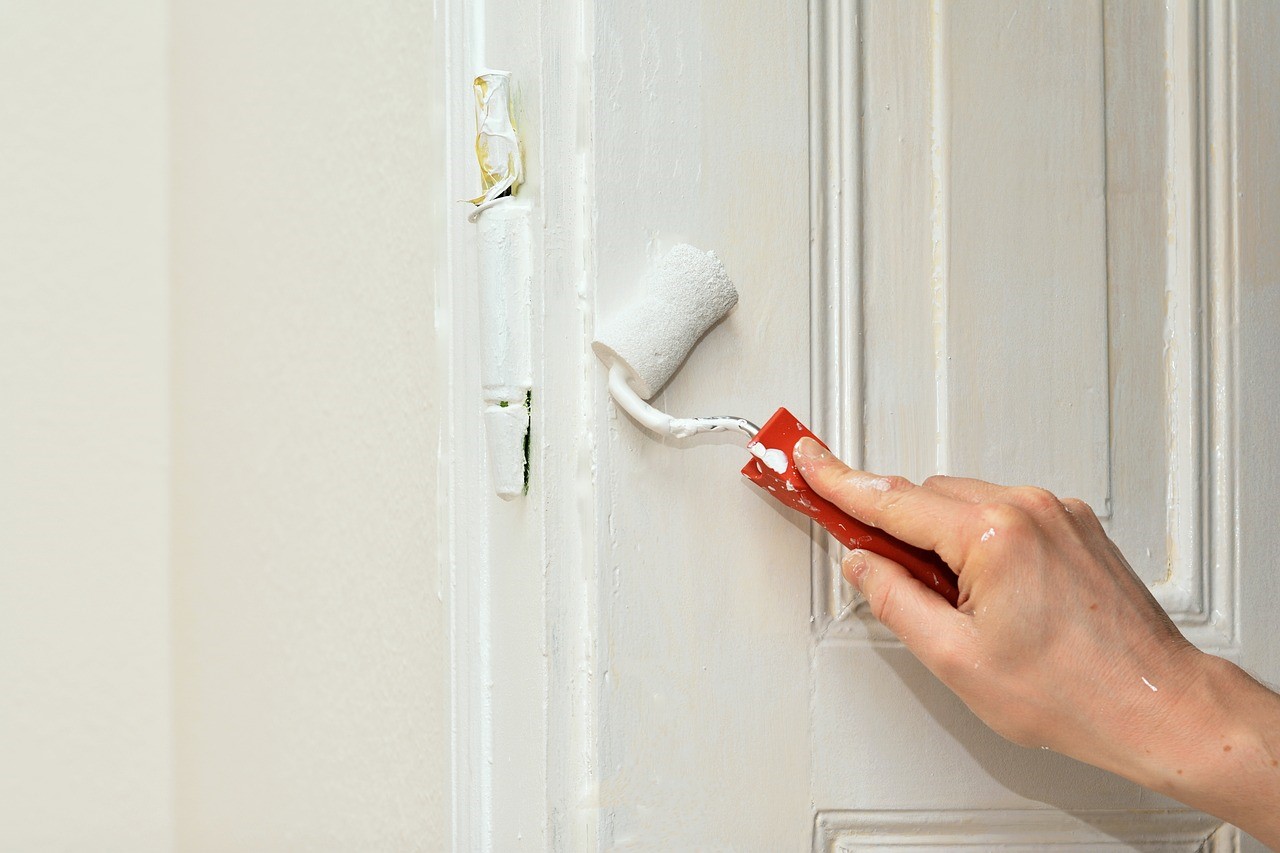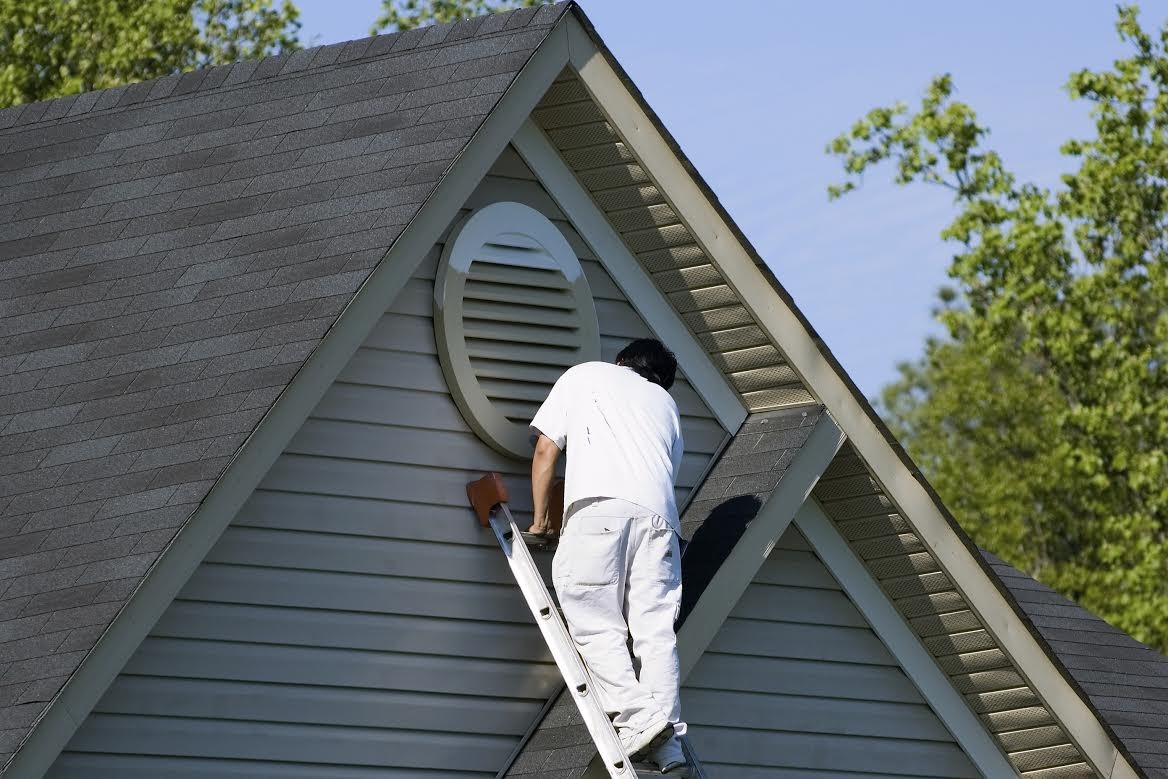
Staying safe from the hidden dangers of doing a painting job is very important. Here are some safety tips experts think every property owner needs to know when doing a painting job.
Test for toxic chemicals, especially lead
Usually, adding color, speeding up the drying time, as well as increasing the durability has been some of the reasons why lead was added to paints. But the bad news is, lead also made paint chips and dusts pretty toxic. Exposure to this chemical can cause a lot of adverse health problems.
Sadly, kids are very vulnerable compared to adults and are more likely to be exposed to chips and specks of dust that contain lead. Lead-based paint was banned from use in residential properties in 1978; that is why if you are planning a project in homes that were built before 1978, make sure to check the materials used for lead content before scraping or sanding. Lead test kits are available at hardware stores or home centers.
To find out more about the impact of fumes in our health, click here to find out more.
Store products carefully
A lot of commonly used painting merchandise contains volatile and organic compounds or VOCs. These things vaporize at room temperature, creating toxic fumes that can cause health problems and fire dangers. To reduce these risks, make sure to use products with low volatility and organic compounds or VOCs listed as flammable. Make sure to put these items in their original containers with a tight-fitting cap or lid and store them away from living quarters and gas appliances.
Add adequate ventilation when doing a project
These projects traditionally require some sanding and patching, which can create clouds of dust. And event benign water-based paints release a lot of vapor as it dries. Because of these reasons, it is always an excellent idea to put extra ventilation when painting inside the house.
The best way to do this is to put a fan in the window and blow out the fumes. Then open a window or door on the opposite side of the room to make cross ventilation. It will help suck the unwanted dust and minimize excess humidity, as well as the build-up of volatile and organic compounds or VOCs.
Purchase quality dust masks
Of course, people always need to wear masks to protect their lungs when they are sanding as a way to prep the house for the project. But some cheap dust masks do not seal well and let dust into the user’s lungs. When people shop for masks, make sure that you are purchasing a mask with an N95 certification.
How VOCs work? Visit https://home.howstuffworks.com/home-improvement/construction/materials/how-dangerous-are-vocs-in-paint.htm for more info.
Then check the mask for the foam seal at the nose area, as well as strong elastic straps. Masks with built-in valves make breathing a lot easier by allowing the exhaled breath to escape properly. Remember that these masks will filter out hazardous dust particles but do not provide any protection from volatile and organic compounds produced by painting products like spray cans.

Wear organic vapor respirators
These masks work great in keeping particles like specks of dust out of our lungs, but they do not filter out volatile and organic compounds that can damage our organs like the brain and lungs. Because of this, people will need respirators that can be outfitted with an organic vapor cartridge. Anytime homeowners are working with products like organic-solvent-based sealers, spray paints, lacquer, and other smelly cleaning or painting products, make sure to wear organic vapor respirators.
If property owners are not sure, they need to check the label on the respirator you are using to see if it is recommended. People will find organic compound respirators on the Internet or at hardware stores or home centers. Ensure that the cartridge type matches the type of chemical the you are using. You will find this type of information on the product label. Follow every instruction carefully for filter replacement and proper use.
Save your wrist and finger
If the property owner has a house painting project that will require several cans, they already know about the wrist and finger strain and pain. For less than seven dollars, trigger handles prevent pain and provide users better control of the can.
Safely disposing of oily rags
If property owners are planning to apply oil finishes using a rag, make sure to be very careful. Under the right conditions, bundled up rags can catch fire without being lit. It is called spontaneous combustion, and it is a pretty common cause of fires.
Only specific kinds of oil undergo chemical reactions that can cause spontaneous combustion. To be on the safe side, never leave these rags to pile up. When using them, lay it out flat to dry. After it dries, it is safe to throw away the rag. Remember that they are just one common cause of fire hazard.
